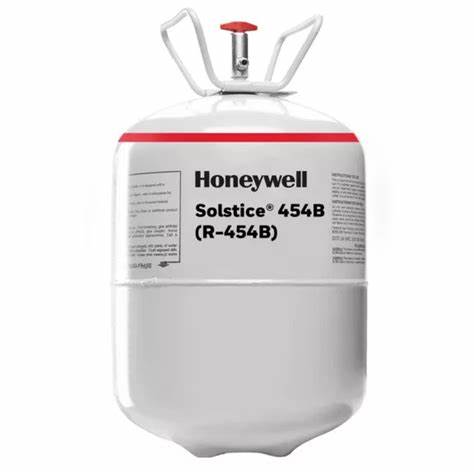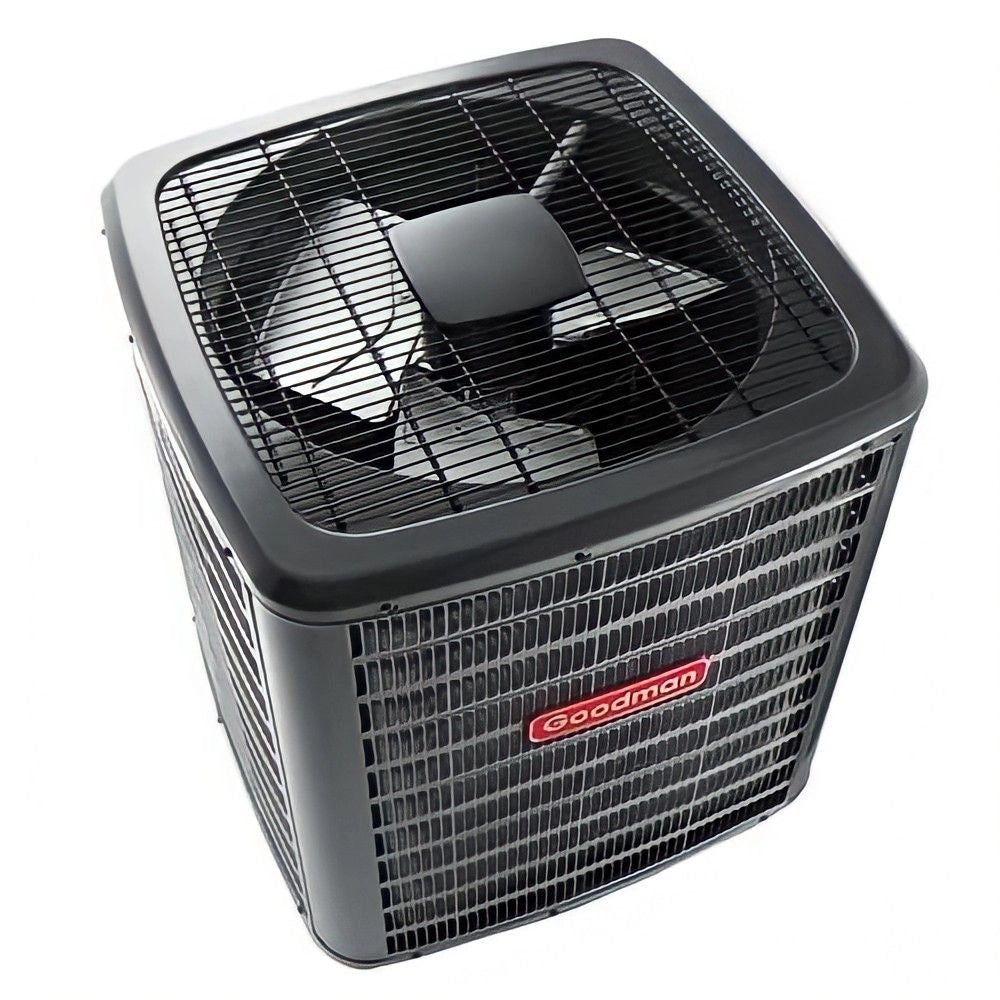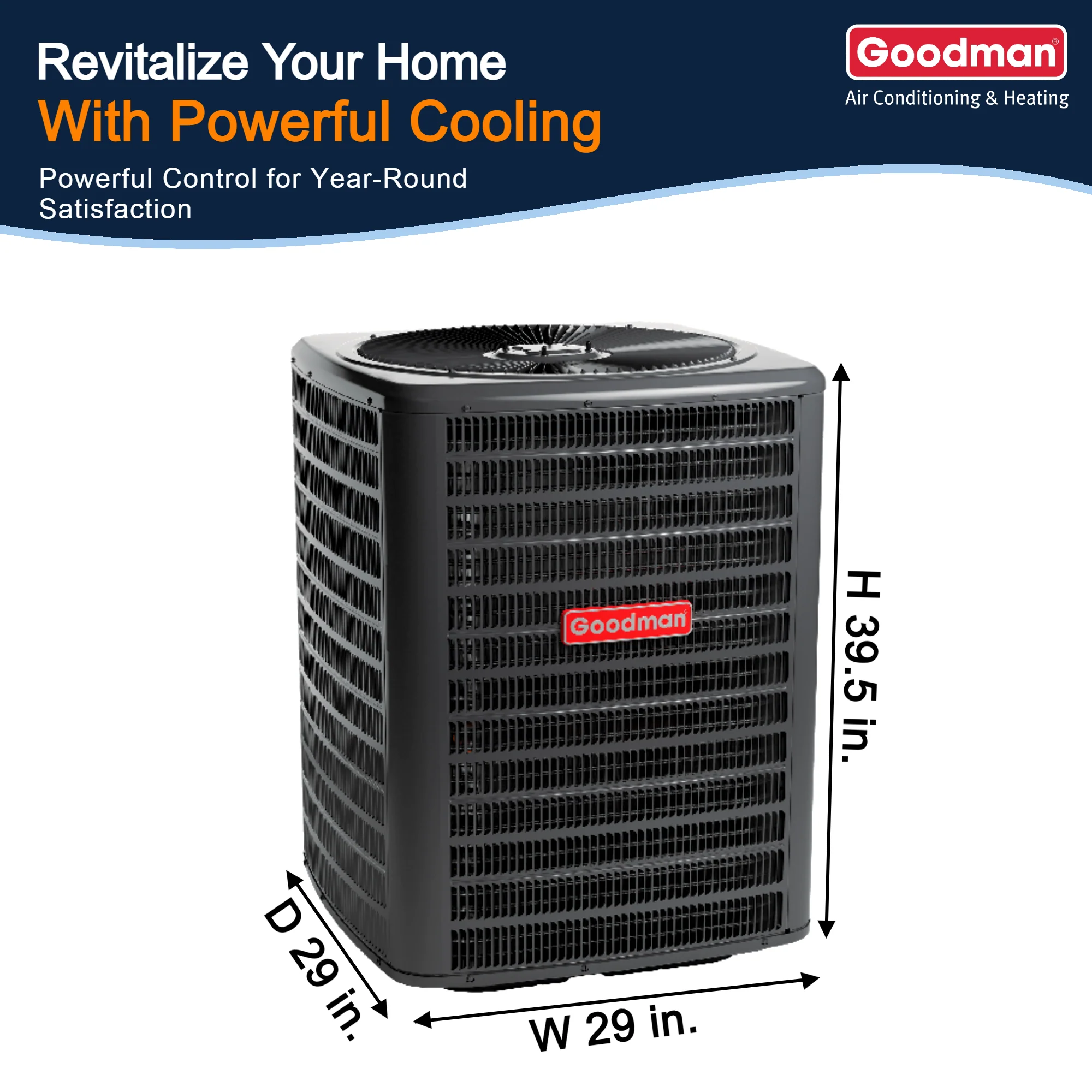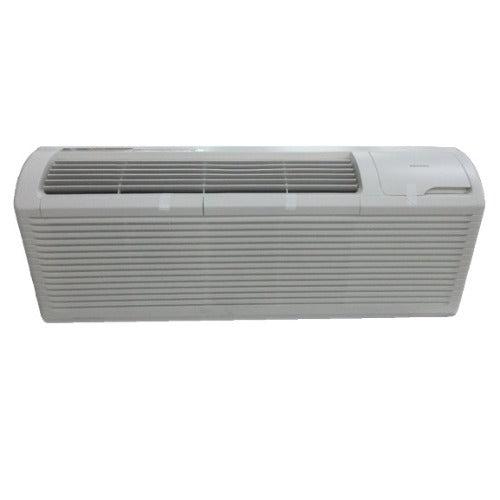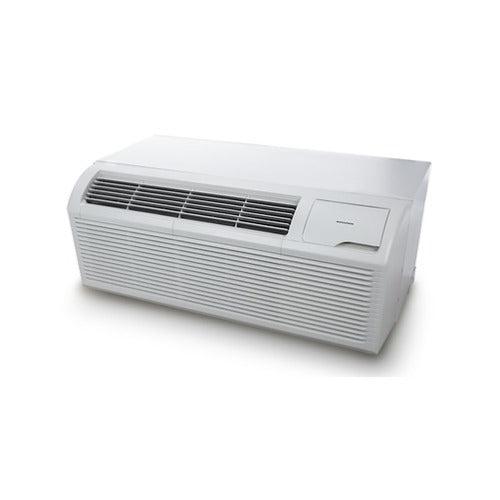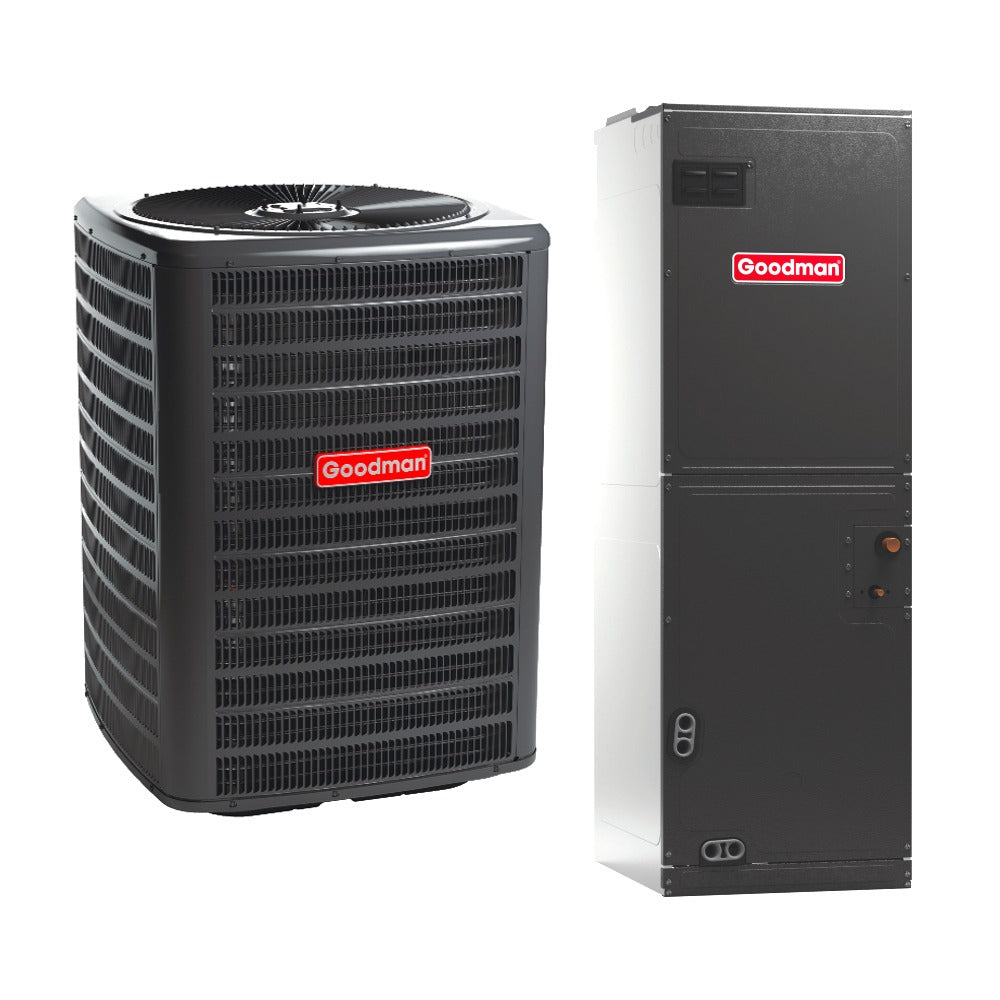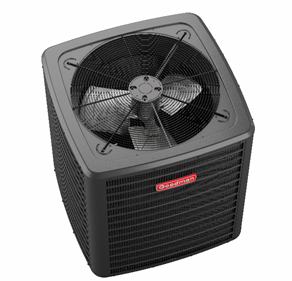Understanding the R-454B Refrigerant Shortage in 2025
Introduction
As the HVAC industry undergoes a major shift toward low-GWP (Global Warming Potential) refrigerants, one name has dominated the conversation: R-454B. Designed to replace R-410A, R-454B offers improved energy efficiency and environmental performance. However, in 2025, a serious shortage of this refrigerant has emerged, threatening supply chains, increasing HVAC system costs, and delaying new installations across the country.
This guide provides a comprehensive look at the ongoing R-454B shortage. It is built to educate homeowners, contractors, and HVAC distributors on the causes, impacts, and future outlook of this issue, while helping decision-makers find the right solutions and alternatives.
What Is R-454B and Why Does It Matter?
R-454B is a mildly flammable A2L refrigerant composed of R-32 and R-1234yf. It was developed to comply with environmental regulations that demand the phase-out of high-GWP refrigerants like R-410A. With a GWP of 466 (compared to R-410A’s GWP of 2,088), R-454B is seen as a leading replacement, offering a similar performance profile with fewer environmental consequences.
Manufacturers such as Carrier, Johnson Controls, and Trane have already adopted R-454B for their next-generation HVAC systems. Due to its lower emissions and compatibility with modern air conditioning systems, it has become the default choice for new systems sold after the EPA's January 1, 2025 compliance deadline.
The Rise of Demand for R-454B
The surge in demand for R-454B was driven largely by federal regulations. Under the American Innovation and Manufacturing (AIM) Act, manufacturers and distributors were required to reduce their production and use of HFCs like R-410A by a set percentage every year. As a result, 2024 marked a pivotal year in which HVAC companies began transitioning their entire product lines to low-GWP refrigerants.
Unfortunately, the rapid transition did not leave enough time for manufacturers to scale R-454B production appropriately. With contractors, installers, and homeowners seeking EPA-compliant HVAC systems for residential and commercial use, supply began to dwindle.
Causes of the R-454B Shortage
-
Supply Chain Limitations: The production of R-454B depends on a limited number of global chemical manufacturers. Many of these producers faced disruptions from logistical bottlenecks, raw material shortages, and labor constraints following the COVID-19 pandemic and international shipping delays.
-
Manufacturing Bottlenecks: Refrigerant blending requires specialized equipment and certifications. Facilities that were still retooling to produce R-454B at scale were not ready to meet the 2025 demand spike.
-
Over-Reliance on a Single Replacement: Although R-32 and other alternatives exist, many HVAC manufacturers and contractors placed heavy reliance on R-454B systems, creating a single point of failure when shortages occurred.
-
Surge in Buying Intent: With homeowners trying to upgrade their HVAC systems before prices rise even further, high-buying-intent search queries like “buy R-454B AC system now,” “best R-454B heat pumps,” and “2025 refrigerant compliant HVAC” saw a sharp uptick.
Industry-Wide Impacts of the R-454B Shortage
The consequences of the shortage have been felt across the HVAC industry:
-
Contractors are experiencing scheduling delays, limited product availability, and rising installation costs. Many are searching for alternative refrigerants or retrofitting existing systems, often at higher risk and expense.
-
Distributors are struggling to manage inventory, meet demand, and keep prices competitive.
-
Homeowners are facing inflated prices, longer wait times, and limited system options, particularly for energy-efficient models.
A recent report by ACHR News noted that many distributors are turning to alternate refrigerants and facing pushback from consumers who were promised R-454B compatibility. Meanwhile, Spectrum News covered how the shortage is stalling air conditioning installations in residential projects during peak cooling season.
Navigating the Market: High-Buying Intent Considerations
If you're in the market for a new HVAC system in 2025, the following considerations can help guide your decision:
-
Search for R-454B Compatible Systems: Use keywords like “in-stock R-454B AC units” or “R-454B HVAC with fast delivery” to find available inventory.
-
Buy Early in the Season: HVAC systems with R-454B are selling out fast. Homeowners searching for "best AC system to buy now" or "buy 2025 compliant air conditioner" should act quickly.
-
Evaluate Alternatives: Consider systems that use R-32 or other low-GWP refrigerants. While not a direct replacement, they may offer comparable performance with better availability.
-
Get Quotes from Multiple Contractors: Use the search phrase "compare R-454B system installation costs" to get fair pricing and availability across different installers.
Regulatory Pressures and the Role of the EPA
According to the EPA’s Fact Sheet, the U.S. government’s 2025 milestone marks a significant reduction in HFC production and import. These reductions are part of a larger global effort under the Kigali Amendment to the Montreal Protocol.
The EPA’s rules have created a compliance cliff that many manufacturers scrambled to meet. However, the lack of refrigerant availability has made it challenging for both new and retrofit systems to stay on schedule.
How HVAC Professionals Are Responding
-
Inventory Management: HVAC distributors are prioritizing long-term contracts with refrigerant manufacturers and adopting just-in-time inventory systems.
-
Education and Training: Contractors are being retrained on installation procedures for A2L refrigerants like R-454B, which require different handling and safety practices.
-
Product Diversification: Companies are offering multi-refrigerant compatible systems that can operate with R-32, R-454B, or other approved blends, increasing flexibility and sales.
The Road Ahead: When Will R-454B Supply Stabilize?
Industry experts believe that supply will begin stabilizing by late Q2 or early Q3 of 2025. New production facilities are expected to come online, and existing plants are ramping up output. However, demand may continue to exceed supply in hotter states like Texas, Florida, and California.
Until then, buying high-efficiency HVAC systems that use available refrigerants is a viable path forward. Be sure to search for terms like “high efficiency R-32 HVAC” or “R-410A replacement AC in stock” if your timeline is urgent.
Long-Term Outlook for Refrigerants
R-454B is just the beginning. As technology continues to evolve, newer refrigerants with even lower GWPs and better safety profiles will be introduced. Expect regulatory changes around refrigerant labeling, handling requirements, and system certifications.
Consumers will likely see phrases like “ultra-low GWP HVAC systems” and “future-proof air conditioning systems” become major selling points in 2026 and beyond.
Conclusion
The shortage of R-454B refrigerant has created both challenges and opportunities across the HVAC landscape. By understanding the root causes, keeping an eye on regulatory trends, and making informed purchasing decisions using high-buying-intent keywords, contractors and consumers can navigate the disruption more effectively.
For now, acting quickly and staying flexible are your best strategies. The R-454B shortage will pass—but its impact on how we buy, install, and think about HVAC systems will be long-lasting.
Sources:
For more updates on HVAC product availability and R-454B compatible systems, stay tuned to our blog and product pages updated weekly.

